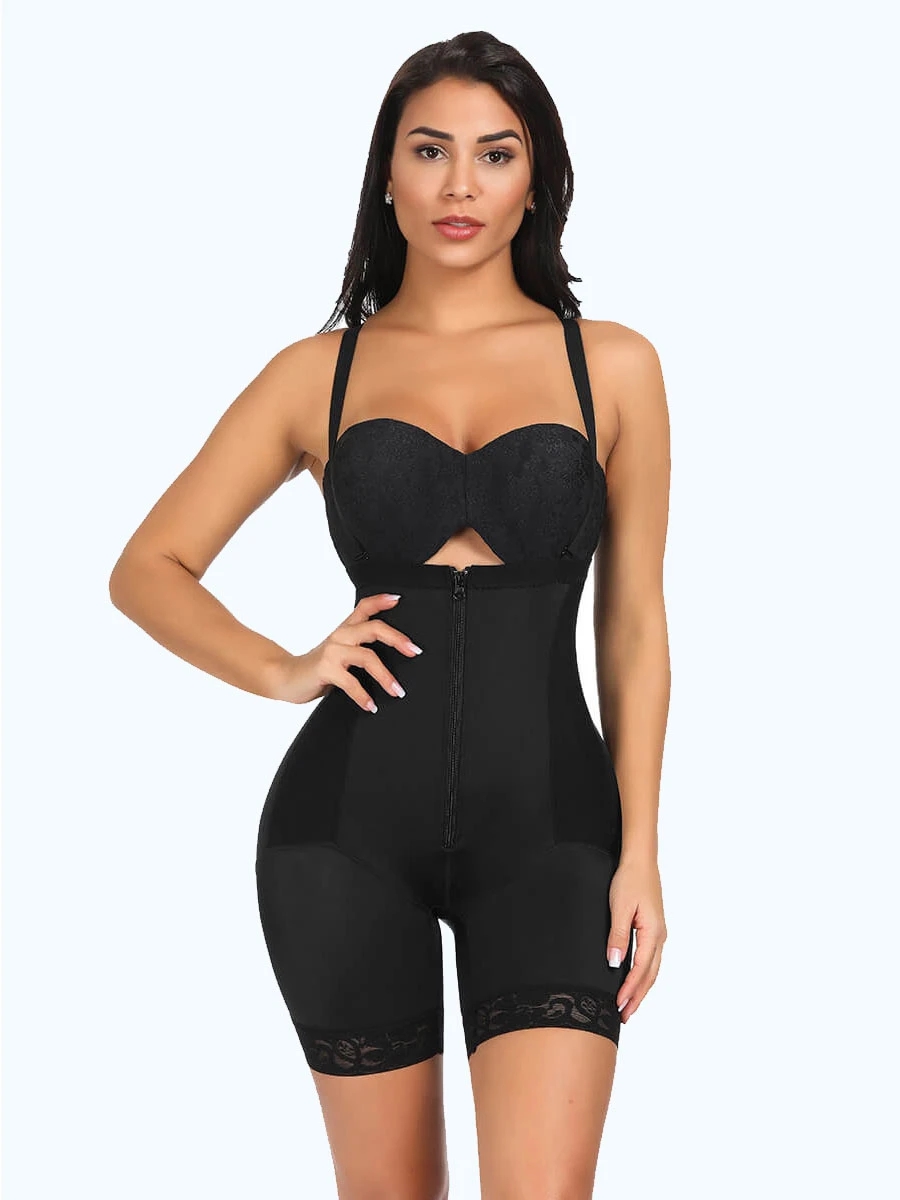Fast fashion was brought to a standstill during the pandemic but now as the world opens up, people are socializing again and going places. This means that many would dress up again. After two years of lockdown and simpler life during the pandemic, it is a good time now to think about the implications of how we dress up.
The fashion industry especially fast fashion has a huge environmental impact on our planet. The usage of polyester in fast fashion which is highly common has increased nine-fold in the last 50 years. As the clothes are now a lot cheaper, they are discarded after being worn a few times.
How Does Fashion Impact The Environment?
10 percent of the greenhouse gas emissions and 20 percent of the wastewater worldwide are contributed by the fashion industry. It also uses more energy than both the aviation and shipping sectors combined.
Global fashion consumes 93 billion metric tons of clean water every year. How? One kilo of cotton is used to produce a pair of jeans and it can consume between 7,500 to 10,000 liters of water. This is the amount of water a person would drink over a 10-year period. Producing cotton also requires pesticides and insecticides to be used and this will pollute the soil. The dye process for fabrics also uses large volumes of water and the wastewater contains harmful chemicals that would find their way into the rivers and waterways if not handled correctly. This will harm the natural ecosystem.
Wood pulp is needed to make fabrics like rayon, viscose and others. With the rise in fashion consumption, tons of trees are cut down each year and this speeds up deforestation in some of the world’s endangered forests. Polyester is a type of plastic made from fossil fuels and is used for about 65 percent of all clothing. It consumes 70 million barrels of oil each year and in addition to this, the fashion industry uses large amounts of fossil fuel-based plastic for packaging and hangers.
How To Make A Greener Choice
If you are looking to make eco-friendly choices when shopping for clothes, ahead are some of the ways to do that.
Buying Less
Green garments also use resources for production and transport and that creates some impact to the environment too. The root of the problem is excessive buying. We think that buying new clothes makes us happy and perhaps we need to reconsider our shopping lifestyle.
Purchase From Sustainable Brands
Many brands are more conscious of the impact on the environment and are creating a sustainable collection. You can shop from sustainable brands and although the choices are still limited, with the demand increasing, more will be available in the coming future.
Buy Better Quality
As clothes have become a lot cheap, many of us do not really care as much about quality. When they lose their shape or appeal, we just shop for new ones. When we stop buying poor-quality garments, it will push brands to improve the quality of their products. This allows us to keep our clothes longer and it is good for our pocket and the environment.
Recycle Our Clothes
When you want to get rid of the clothes in your closet, do not throw them away. Many of these garments are made from synthetic, non-biodegradable fiber and will just pile up in landfill. Find other options like repairing the clothes, donating them to friends, family, or charity, selling them in second-hand shops or bringing them back to certain clothing stores that take back used clothes.





